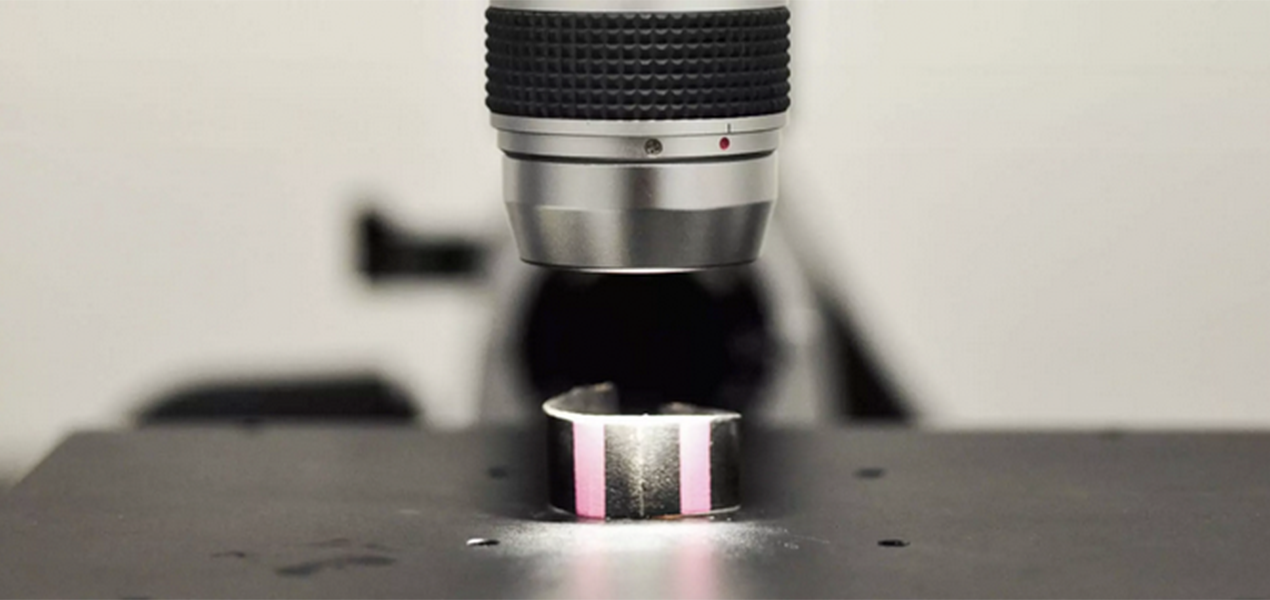WHEN IS A TIRE WORN OUT?
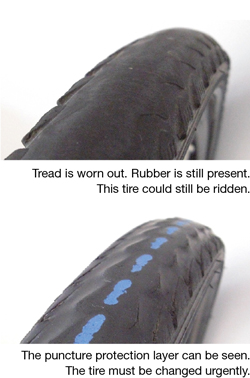
ARE THERE ANY OTHER WEAR INDICATORS?
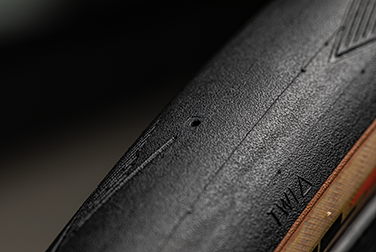
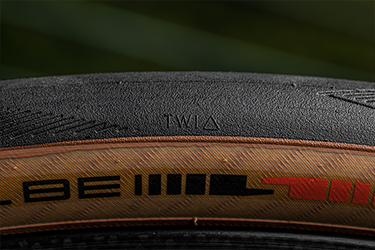
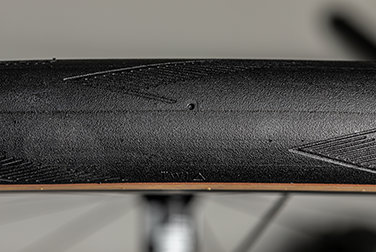
WHAT MILEAGE CAN BE ACHIEVED WITH VARIOUS TIRES?
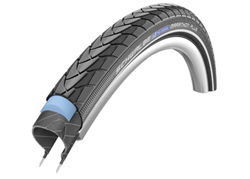
WHY DO MANY TIRES WEAR PREMATURELY?
Unfortunately, many tires do not reach the possible mileage because they are continually ridden at inflation pressures that are too low. Insufficient inflation pressure means the tire cannot bear heavy loads. The tire sides have to deform excessively when running. The tire can only stand this kind of treatment for a limited time. At a certain point there is too much load on the sidewall and it tears.
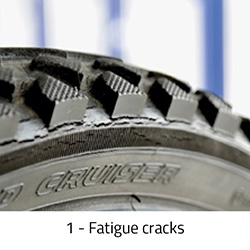
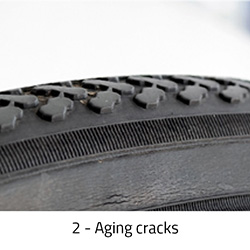
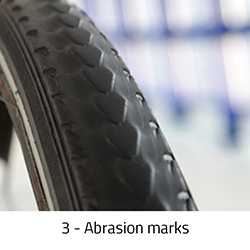
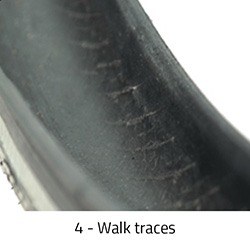
WHY DO TIRES OF MULTI-TRACK VEHICLES OFTEN WEAR DOWN SO FAST?
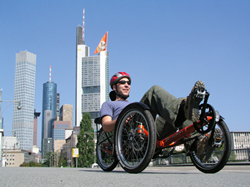
HOW LONG CAN A TIRE BE STORED?
Schwalbe tires can be stored for up to 5 years without a problem. If possible, they should be stored in a cool, dry and, most importantly, a dark place. When stored properly, even longer storage times may be possible..
If fitted on a rim, tires should always be inflated or the bicycle should be hung up for storage. A bicycle left on flat tires for an extended period of time may damage the sidewalls of the tire.

